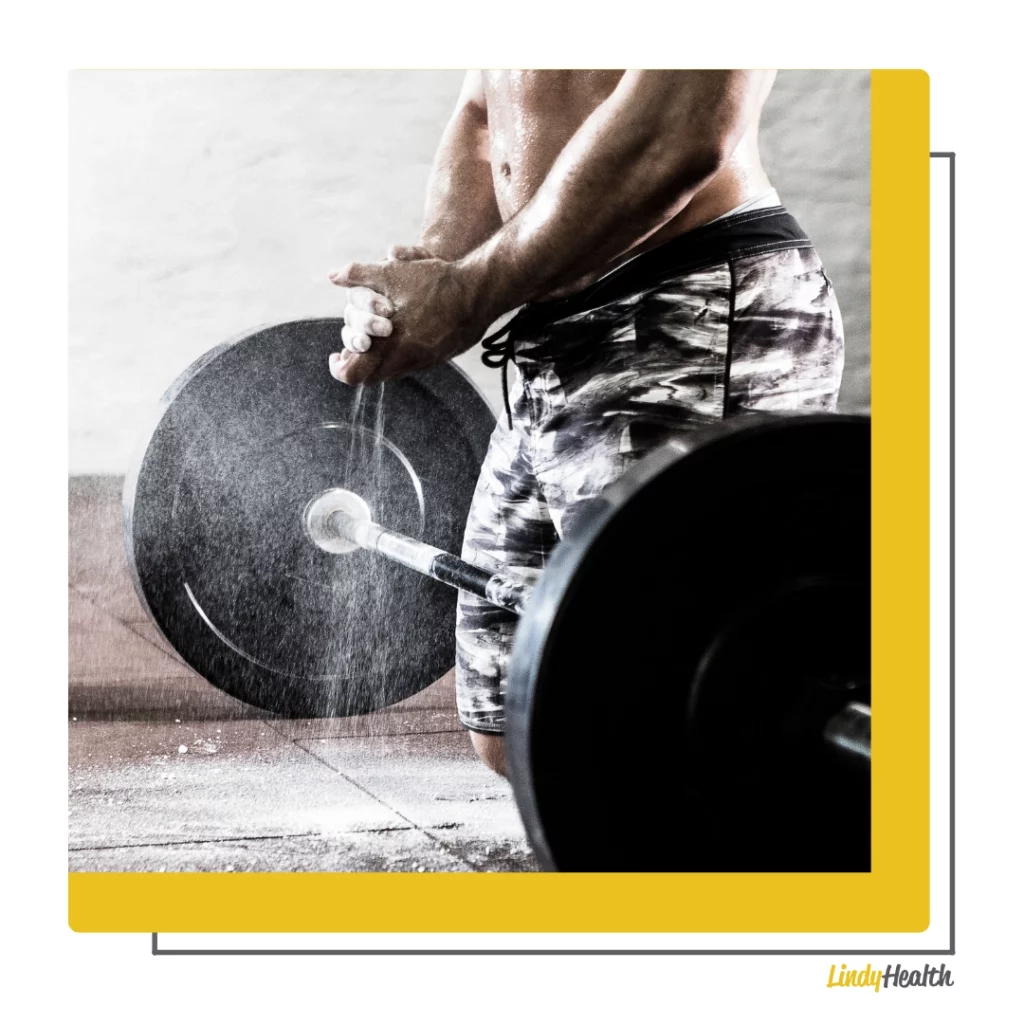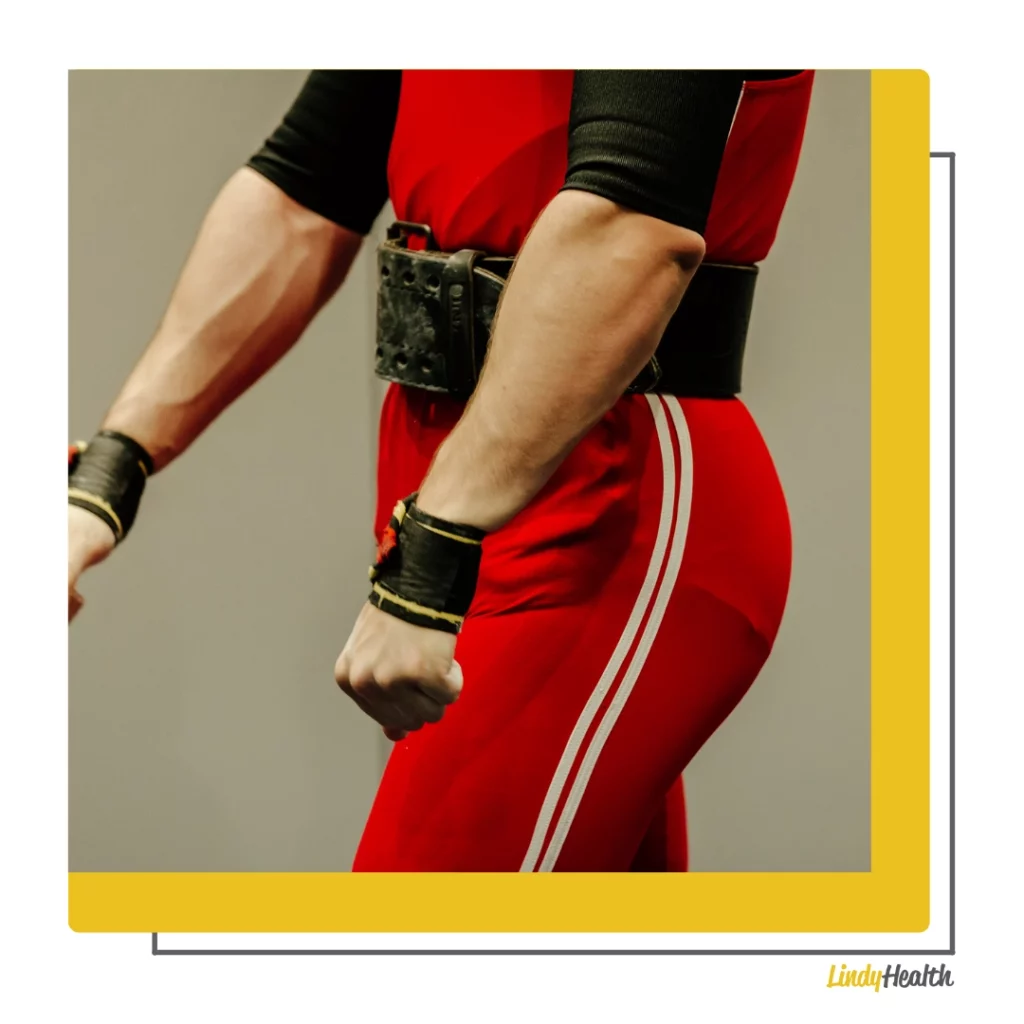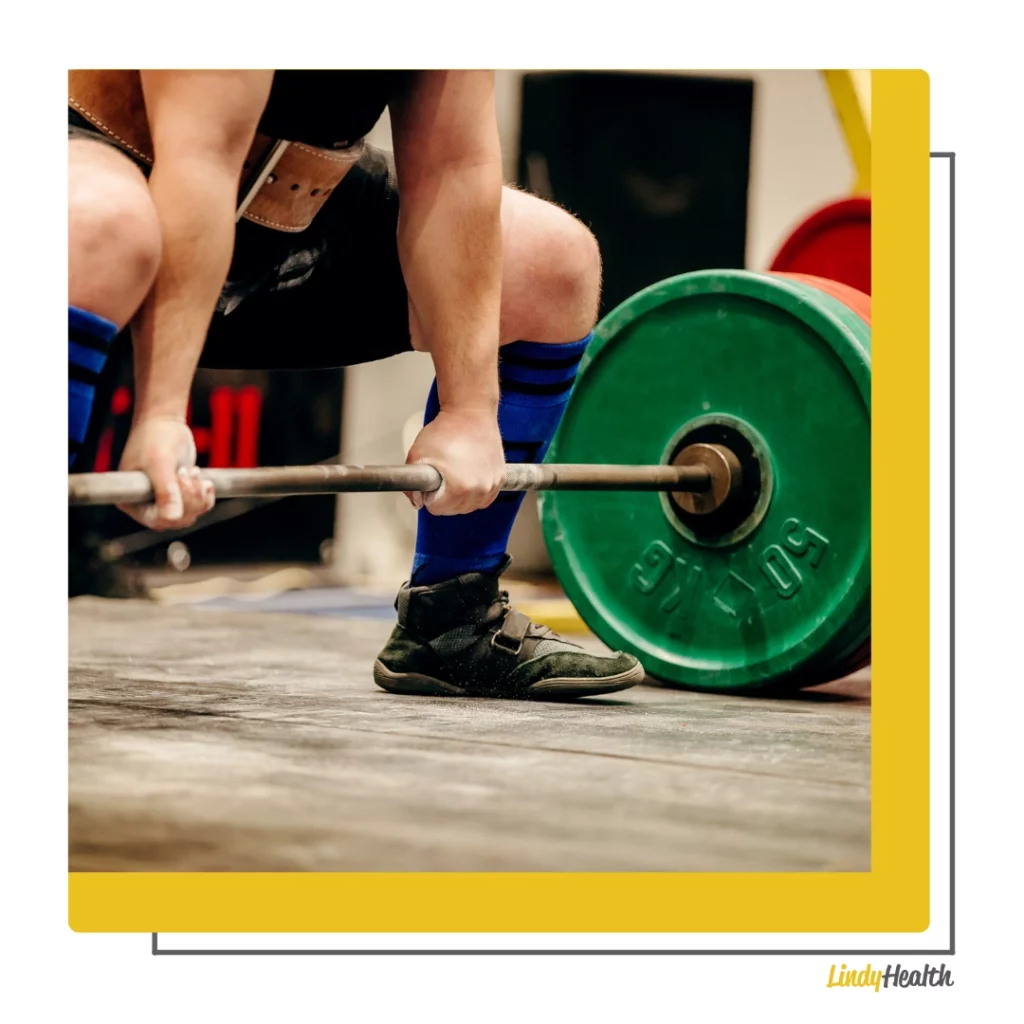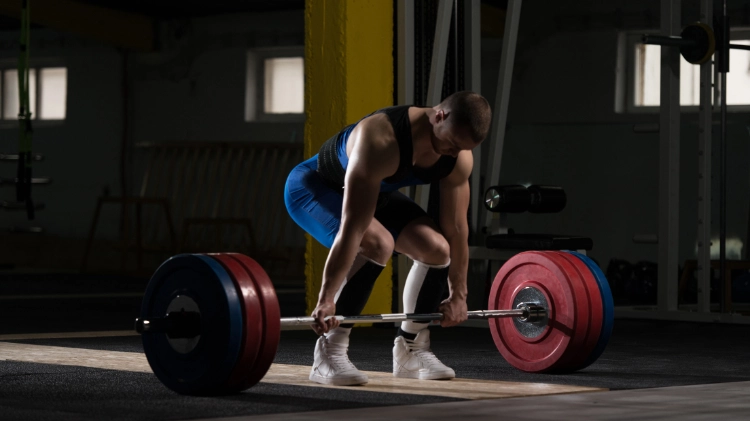In the sport of powerlifting, there are USPA weight classes to ensure that athletes compete against others of similar size. An equal playing field is guaranteed, and competitions are therefore more thrilling.
The United States Powerlifting Association (USPA) has weight classes for both men and women.

This article will look at the different weight classes for each gender.
What are the USPA weight classes for competition powerlifting?
The United States Powerlifting Association (USPA) has weight classes for competitive powerlifting. There are eight weight classes for men and six weight classes for women. The men’s weight classes are:
- 66 kg / -145.50 lbs
- 74 kg / -163 lbs
- 83 kg / -183 lbs
- 93 kg / -205 lbs
- 105 kg / -231.50 lbs
- 120 kg / -264.50 lbs
- 140 kg+ / -308+ lbs
The women’s weight classes are:
- 47 kg / -103.50 lbs
- 52 kg / -114.50 lbs
Lifters must weigh in within the restrictions of their appropriate weight class on the day of the competition to participate in a USPA powerlifting competition. There is no bodyweight limit for drug-tested competitions, but there is a limit of 120% of the current world record for raw (un-equipped) lifters in each weight class.

Lifters who compete in drug-tested competitions must also meet the USPA’s anti-doping policy requirements. To be eligible to compete in a USPA powerlifting competition, all lifters must have a current USPA membership.
How do you determine which USPA weight class to compete in?
When competing in a weightlifting competition, athletes must choose the weight class they will compete in. This decision can be based on a few factors, including the athlete’s weight and strength.
The United States Powerlifting Association (USPA) has ten weight classes for both men and women. The lightest weight class is 105 pounds for men, and the heaviest is unlimited for men. For women, the lightest weight class is 85 pounds, and the heaviest is unlimited.
Each weight class has its own set of rules and regulations. Athletes must weigh in before competing to ensure they are in the correct weight class. If athletes weigh more than the maximum allowed for their weight class, they cannot compete in that class.
Choosing the right weight class is important for athletes because it can impact their performance. If athletes choose a weight class that is too heavy or too light, they may not be as strong as other athletes in their division. They may be less likely to place in the competition or receive medals.
Athletes should consult a coach or other experienced powerlifters to help them choose the right weight class. This decision can impact an athlete’s performance in a competition. With the help of a coach, athletes can find the right weight class for them.
What are the benefits of competing in a weight class?
There are several benefits to competing in a weight class when powerlifting:

- It allows athletes to compete against others of similar size and strength. In doing so, it produces a more level playing field and a fairer competition.
- Competing in a weight class can help athletes achieve better performance. Athletes carrying less weight move more easily and have less resistance. As a result, they may be able to lift more weight and so improve their performance.
- Competing in a weight class can help athletes stay healthy and injury free.
Carrying extra weight can place unnecessary stress on the body, leading to injuries. By competing in a weight class, athletes can reduce this risk.
Are there any penalties for competing in the wrong weight class?
There are no penalties for competing in the wrong weight class, according to the United States Powerlifting Association (USPA). Athletes’ lifts will not be considered when calculating the final standings if they participate in a weight class that is not their own.
How often can you compete in a USPA weight class?
There are a few different weight classes in the United States Powerlifting Association (USPA), and the frequency of competitions may vary depending on which one you compete in. The USPA weight classes are as follows:
- 56 kg (123.5 lb)
- 62 kg (136.5 lb)
- 72 kg (158.7 lb)
- 84 kg (185.4 lb)
- 96 kg (212.7 lb)
- 105 kg (231.5 lb)
- 120 kg (265.8 lb)
- +120 kg (+265.8 lb)
Each weight class has its specific competition schedule, so you will want to check the USPA website to see when the next competition is for your weight class. Generally, there are competitions every few months, but sometimes they can be further apart than that. It all depends on what is scheduled.
If you are new to powerlifting or just starting, you may want to compete in the lower weight classes. This is because you will have a better chance of placing higher because there will probably be fewer rivals in these divisions. The competition will become fiercer as you get more experience and move into the heavier weight classes.
So, if you are considering competing in a USPA powerlifting competition, check the weight class schedule and find one that works for you. And who knows, maybe you’ll even take home a trophy!
What is the process for changing your weight class?
When it comes to changing your weight class in powerlifting, there is a specific process you need to follow to make the change. To compete in a different weight class, you must apply to the USPA office. This application must include your current weight, desired weight class, and justification for making the change.

Once your application has been submitted, it will be reviewed by the USPA Competition Committee. If the committee approves your request, you will be moved to the new weight class and will be able to compete in future events. If the committee denies your request, you will not be able to compete in a different weight class until you meet the requirements set by the USPA.
It is important to note that you can only change weight classes yearly. So, if you are considering making a change, plan and submit your application well before your desired competition date.
Who makes the final decision on what weight class a competitor competes in
The USPA sets the standards for competition and decides which weight classes are eligible for competition. The USPA decides on what weight class a competitor competes in. There are seven weight classes for men and seven weight classes for women. The USPA also offers an adaptive division for athletes with physical disabilities.
There are a few factors that the USPA takes into consideration when making decisions about weight classes. The first factor is body weight. The second factor is height. The third factor is age. And the fourth factor is gender.
The USPA also offers a master’s division for competitors over 40. The masters’ division has different weight classes than the regular division.
If you are interested in competing in powerlifting, you need to find out which weight class you fit into. You can do this by contacting the USPA or looking at the weight class chart on the USPA website.
Once you know which weight class you fit into, you can start training for the competition.
There are a few things that you need to keep in mind when you are training for powerlifting:
- You must ensure that you eat a healthy diet and get enough protein.
- You need to make sure that you are training all of the lifts that are required in competition.
- You need to make sure that you are following a sensible training program.
If you follow these tips, you will be well on your way to success in powerlifting.
Conclusion
Powerlifting is a great sport for anyone who wants to compete. It is important to remember that you need to follow the USPA rules and regulations to compete. You also need to make sure that you are training properly and eating a healthy diet.
If you do these things, you will be well on your way to success in powerlifting. Thanks for reading!
- Rivea Corymbosa: The Magical Plant - October 18, 2022
- P90X Workout sheets - October 14, 2022
- Best Probiotics for Diverticulitis (5 That Work) - October 4, 2022








